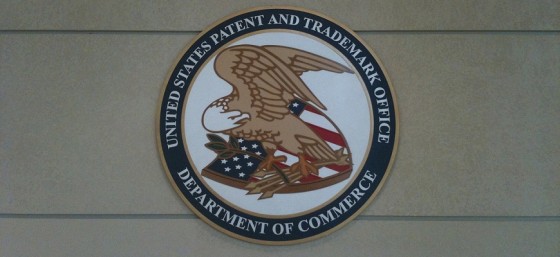I’ve had several people ask me what is involved in registering a trademark with the U.S. Patent and Trademark Office (USPTO). Your trademarks include the names, logos, tag lines, and anything else you put on your products and services to inform customers about the source and quality of what they’re buying.
Once you have a trademark registered with the USPTO, you have the exclusive right to use your trademark on your goods or services anywhere in the U.S. If anyone tries to start similar business or sell a similar product with trademark that is too similar to yours, you can make them change it. The only companies that can have the same trademark as you are companies who were using the same trademark before you registered yours with the USPTO (i.e., the Burger King situation) or companies that use a similar trademark but on a product that is so different from yours that no one would think that they are owned by the same company (i.e., Delta Faucets, Delta Dental, and Delta Airlines).
Here is the process that I go through to register a client’s trademark with the USPTO:
1. Clarify what the trademark is and what products or services it’s being used on. You can only claim rights to a trademark that you’re using in commerce or expect to use within six months.
2. Determine if the desired trademark is trademarkable – not every trademark is. Your trademark can’t be the product itself.
3. Check the USPTO database to make sure no one else has registered the same trademark on a similar product as my client’s.
4. Evaluate if others are using the same trademark without registering it with the USPTO. Once your have a registered trademark, these companies can keep using it in their established geographic market, but they can’t expand without rebranding.
5. Complete the USPTO trademark application which includes determining the best description of the product and which class(es) of products we’ll be applying for. The USPTO charges a fee for each class of products you register the mark for.
6. Submit the application to the USPTO with the filing fee.
7. Wait three or four months for the USPTO to get around to reviewing your application. Yes, their backlog is that big. Once I submit an application, I typically check on it at the beginning of each month to see if it’s been assigned to a reviewing attorney at the USPTO.
8. Respond to any Office Actions if we receive any from the USPTO. An Office Action is a communication from the reviewing attorney that says that there’s a problem with the application. They may request clarification, a disclaimer, or claim that the desired mark can’t be registered. Depending on what the USPTO and my client wants will determine how I respond and how much work will be required.
9. Once the USPTO approves the mark, they will publish it on its official gazette. This puts everyone on notice that your mark is about to be approved. If no one objects within thirty days, your trademark will be registered.
You should expect the entire registration process to take at least eight months, but it could be longer. Once you have a registered trademark, you can use the ® next to it. You will continue to have your trademark rights as long as you’re using it in commerce. The USPTO requires that you send in update affidavits periodically that verifies that you’re using the trademark. If you don’t use your trademark for three consecutive years, it will be considered “abandoned” and anyone can use it.
If you’re looking for more information about what a trademark is and the benefits of registering it with the USPTO, I made a video about it.
If you want to chat more about trademark registration, you can connect with me on Twitter, Facebook, YouTube, LinkedIn, or you can email me. You can also subscribe to the Carter Law Firm newsletter.
Please visit my homepage for more information about Carter Law Firm.


